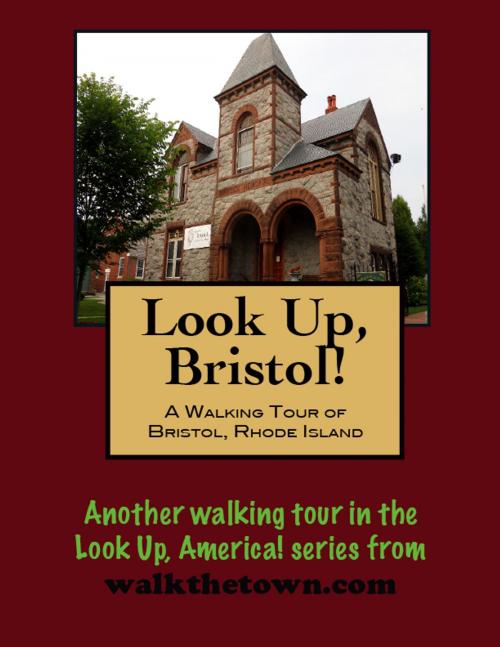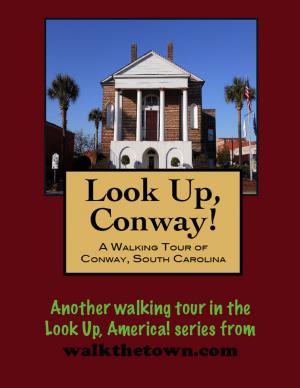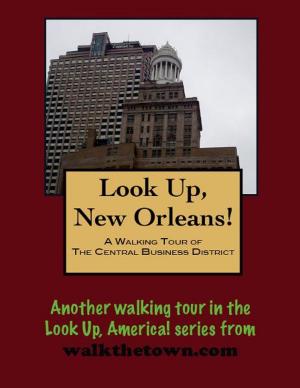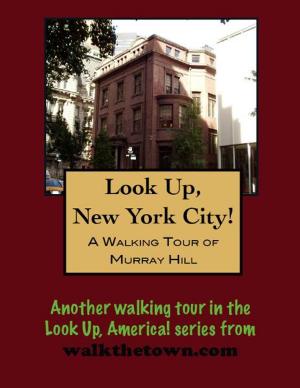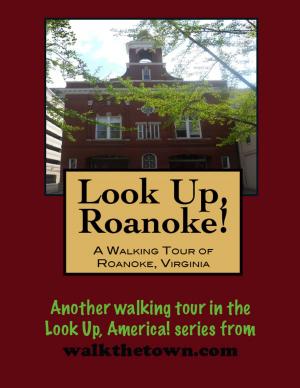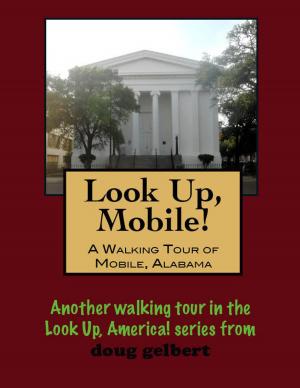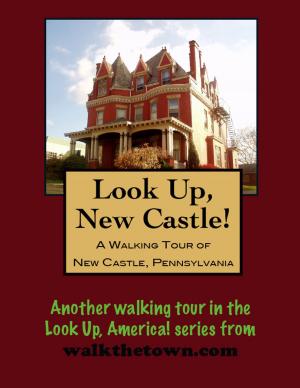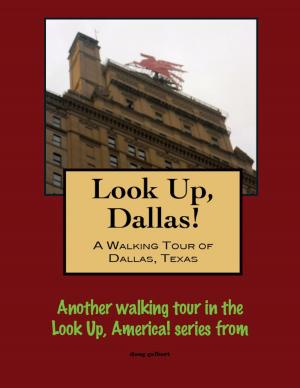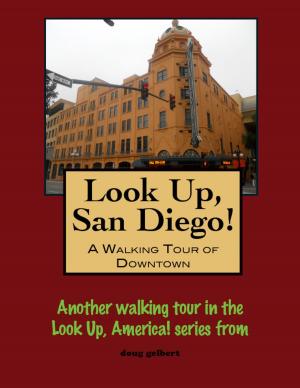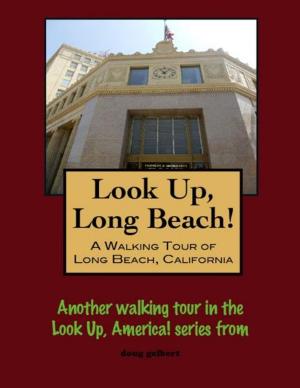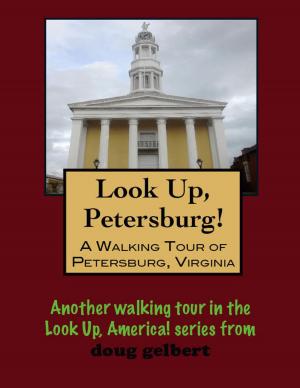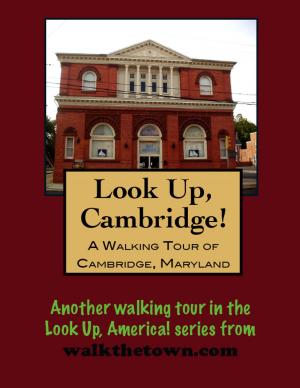| Author: | Doug Gelbert | ISBN: | 9781458086563 |
| Publisher: | Doug Gelbert | Publication: | February 12, 2011 |
| Imprint: | Smashwords Edition | Language: | English |
| Author: | Doug Gelbert |
| ISBN: | 9781458086563 |
| Publisher: | Doug Gelbert |
| Publication: | February 12, 2011 |
| Imprint: | Smashwords Edition |
| Language: | English |
There is no better way to see America than on foot. And there is no better way to appreciate what you are looking at than with a walking tour. Whether you are preparing for a road trip or just out to look at your own town in a new way, a downloadable walking tour is ready to explore when you are.
Each walking tour describes historical and architectural landmarks and provides pictures to help out when those pesky street addresses are missing. Every tour also includes a quick primer on identifying architectural styles seen on American streets.
It did not take long after Bristol was settled in 1669 for its new inhabitants to take advantage of the unusually deep harbor in the Narragansett Bay with which it was blessed. There would be times in Colonial America when Bristol was among the four busiest ports in the colonies.
Much of that bustle took place in the notorious “Triangle Trade,” centered around the importing of slave labor from West Africa. Slave trade was introduced in Rhode Island around 1700 and the colony soon took the lead in the unsavory industry in the Americas and Bristol led the way in the colony. Rhode Island sloops would carry horses, livestock and finished goods such as rum to Africa where they would be used to purchase human beings who were shipped to the Caribbean and exchanged for sugar and molasses and coffee destined for Bristol.
The prosperous seaport was a natural target for the British during the American Revolution and the first attack came on October 7, 1775. For the better part of four years the town would be plagued by the British. It is no wonder that the harried citizenry got together after the Revolution on July 4, 1785 to stage the first of what is today America’s oldest continuous Fourth of July celebration.
With the war in the past, Bristol shipping picked up almost immediately, reaching greater heights than ever before. When America went to war with England again in 1812, this time Bristol retaliated with privateers looking to menace British shipping. One brigantine, the Yankee, made six forays during the war and captured British property estimated at over a million pounds sterling.
In the 1820s legal slave trade was finally on the decline and many of Bristol’s fleet turned to fishing and whaling. By the end of the 1800s the town’s reputation in the slave trade was receding and its exploits on the high seas were celebrated in a wholly different endeavor - America’s Cup yacht racing. After beginning his career in designing steam-powered vessels, including the nation’s first torpedo boat, Bristol native Nathanael Herreshoff turned his talents to creating the largest, most expensive and most powerful yachts on the water. From 1893 until 1920 Herreshoff produced a succession of undefeated America’s Cup defenders. The tradition of building Cup contenders continues in Bristol to this day and the America’s Cup Hall of Fame is located here.
Our walking tour will begin on the historic waterfront, now revitalized as an entertainment and hospitality center, and fan out along Hope and High streets, where the many finely crafted 18th and 19th century homes and public buildings are testament to the wealth that once flowed across Bristol docks...
There is no better way to see America than on foot. And there is no better way to appreciate what you are looking at than with a walking tour. Whether you are preparing for a road trip or just out to look at your own town in a new way, a downloadable walking tour is ready to explore when you are.
Each walking tour describes historical and architectural landmarks and provides pictures to help out when those pesky street addresses are missing. Every tour also includes a quick primer on identifying architectural styles seen on American streets.
It did not take long after Bristol was settled in 1669 for its new inhabitants to take advantage of the unusually deep harbor in the Narragansett Bay with which it was blessed. There would be times in Colonial America when Bristol was among the four busiest ports in the colonies.
Much of that bustle took place in the notorious “Triangle Trade,” centered around the importing of slave labor from West Africa. Slave trade was introduced in Rhode Island around 1700 and the colony soon took the lead in the unsavory industry in the Americas and Bristol led the way in the colony. Rhode Island sloops would carry horses, livestock and finished goods such as rum to Africa where they would be used to purchase human beings who were shipped to the Caribbean and exchanged for sugar and molasses and coffee destined for Bristol.
The prosperous seaport was a natural target for the British during the American Revolution and the first attack came on October 7, 1775. For the better part of four years the town would be plagued by the British. It is no wonder that the harried citizenry got together after the Revolution on July 4, 1785 to stage the first of what is today America’s oldest continuous Fourth of July celebration.
With the war in the past, Bristol shipping picked up almost immediately, reaching greater heights than ever before. When America went to war with England again in 1812, this time Bristol retaliated with privateers looking to menace British shipping. One brigantine, the Yankee, made six forays during the war and captured British property estimated at over a million pounds sterling.
In the 1820s legal slave trade was finally on the decline and many of Bristol’s fleet turned to fishing and whaling. By the end of the 1800s the town’s reputation in the slave trade was receding and its exploits on the high seas were celebrated in a wholly different endeavor - America’s Cup yacht racing. After beginning his career in designing steam-powered vessels, including the nation’s first torpedo boat, Bristol native Nathanael Herreshoff turned his talents to creating the largest, most expensive and most powerful yachts on the water. From 1893 until 1920 Herreshoff produced a succession of undefeated America’s Cup defenders. The tradition of building Cup contenders continues in Bristol to this day and the America’s Cup Hall of Fame is located here.
Our walking tour will begin on the historic waterfront, now revitalized as an entertainment and hospitality center, and fan out along Hope and High streets, where the many finely crafted 18th and 19th century homes and public buildings are testament to the wealth that once flowed across Bristol docks...
